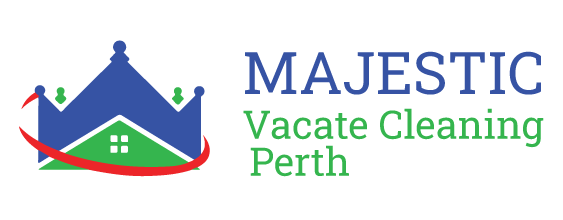Essential Steps in the Mold Removal Process Revealed
Mold infestation in a property can pose serious health concerns and structural damage if not addressed promptly. Homeowners, particularly those moving out from rentals, must follow a systematic process to identify, remove, and prevent mold from recurring. Effective mold remediation involves inspecting for signs of contamination, gathering the right tools and protective equipment, implementing a thorough removal strategy, and adopting preventive measures. This article outlines each crucial step in the mold removal process to ensure a healthier living space and to support professional cleaning needs.
Identify the Signs of Mold Infestation in Your Property
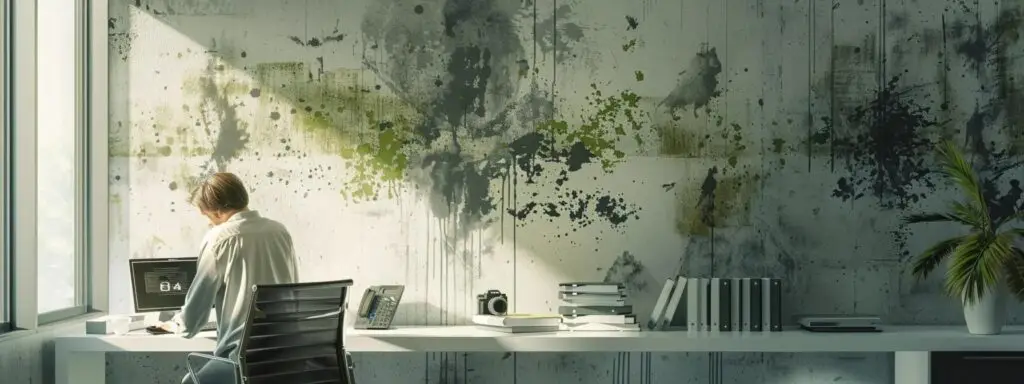
The first step in addressing a mold problem is to identify the signs of mold infestation. Homeowners should be vigilant in detecting any indicators that suggest mold may be present, as early detection can prevent further contamination and health risks.
Examine Common Areas Where Mold May Thrive Indoors
Mold often grows in dark, damp areas. Common locations include bathrooms, basements, and behind furniture. Regular inspections in these zones help detect mold colonies before they spread.
Look for Discoloration on Walls and Ceilings
Check walls and ceilings for patches of discoloration or streaks that do not clean easily. Such marks are often the first visible sign of mold growth on porous surfaces like drywall.
For specific guidance on addressing ceiling mold issues, particularly when preparing to move out, refer to our step-by-step guide to safe ceiling mould removal before you move out.
Check for Musty Odors in Enclosed Spaces
A persistent musty odor in a particular area of the home is another clear indicator of mold infestation. These odors usually signal the presence of mold even when it is not visibly apparent.
Investigate Water Damage Events in Your Property
After any water leak or flood, thoroughly inspect the affected areas. Mold can quickly establish itself on surfaces that have been exposed to moisture, causing further damage if not remediated.
Monitor Humidity Levels in Basements and Attics
High humidity levels encourage mold growth. Using a hygrometer, homeowners should monitor storage areas such as basements and attics to ensure that the humidity remains at a safe level.
Gather Essential Tools and Protective Gear for Removal

Before beginning remediation, it is vital to gather all the necessary tools and personal protective equipment (PPE) for safe mold removal. Using the correct supplies will help prevent the spread of spores and ensure effective mitigation.
Collect Personal Protective Equipment to Ensure Safety
Essential PPE includes gloves, goggles, and disposable coveralls, which protect the skin and eyes from mold spores and cleaning chemicals. A proper respirator is also critical to avoid inhaling fungal particles.
Acquire Necessary Cleaning Solutions for Effective Treatments
Select antimicrobial cleaning solutions and disinfectants that are proven to kill mold. These products can break down the mold’s structure on surfaces such as walls and ceilings.
For those preferring safer alternatives, explore natural ways to get rid of mold with non-toxic DIY removal methods that are effective and environmentally friendly.
Prepare Containment Materials to Limit Mold Spread
Seal off the affected area with plastic sheeting and tape to prevent spores from spreading to unaffected parts of the property. This barrier is crucial for maintaining indoor air quality during the cleanup process.
Equip Yourself With Tools for Scraping and Cleaning
Scrapers, brushes, and microfiber cloths are needed to remove contaminated materials. Proper tools facilitate the physical removal of visible mold from surfaces, minimizing further contamination.
Organize Waste Disposal Options for Contaminated Items
Mold-infested debris must be disposed of safely. Using heavy-duty plastic bags and labeling them for hazardous waste is essential for proper and safe disposal.
Detailed List: Essential Tools and Equipment
1. Respirators and Masks – Provide respiratory protection against spores, reducing health risks during removal.
2. Antimicrobial Disinfectants – Kill and remove mold from surfaces effectively while also reducing odor.
3. Plastic Sheeting and Tape – Contain the spread of mold spores to prevent cross-contamination in other areas.
Follow a Comprehensive Mold Removal Strategy

A systematic removal process is necessary to ensure that all mold is eliminated and does not recur. This strategy involves containment, physical removal, cleaning, and addressing the underlying moisture issues.
Establish Containment Procedures to Isolate Affected Areas
Proper containment prevents spores from contaminating clean areas. Setting up temporary barriers around the mold zones is essential for keeping the spread under control.
Remove and Dispose of Contaminated Materials Correctly
Porous materials like carpet, drywall, or ceiling tiles that are heavily infested should be removed and discarded safely. These items may harbor spores that can reintroduce contamination if not completely removed.
Clean and Disinfect Surfaces Thoroughly
After physical removal, surfaces must be scrubbed with disinfectants. Repeated cleaning may be needed, particularly on areas like walls and floors where mold damage is severe.
For those preferring safer alternatives, explore natural ways to get rid of mold with non-toxic DIY removal methods that are effective and environmentally friendly.
Repair Water Damage to Prevent Future Growth
Address leaks and water intrusion immediately. Fixing plumbing issues and roof leaks removes the moisture source that supported the mold, reducing the possibility of recurrence.
Employ Air Filtration Systems to Improve Air Quality
Using HEPA filters and dehumidifiers during and after the mold cleanup not only improves indoor air quality but also helps capture residual airborne spores.
Detailed List: Mold Removal Steps 1. Containment Setup – Seal off affected areas to minimize spore dispersal. 2. Physical Removal – Safely remove and discard all mold-infested materials. 3. Surface Disinfection – Use a powerful disinfectant to kill any remaining spores.
Table: Quick Comparison of Mold Removal Methods
| Method | Advantage | Consideration |
|---|---|---|
| Containment | Limits spore spread | Requires proper sealing |
| Physical Material Removal | Eliminates visible mold | May need professional disposal |
| Surface Disinfection | Kills residual spores | Must be reapplied for heavy infestations |
Implement Preventative Measures After Removal
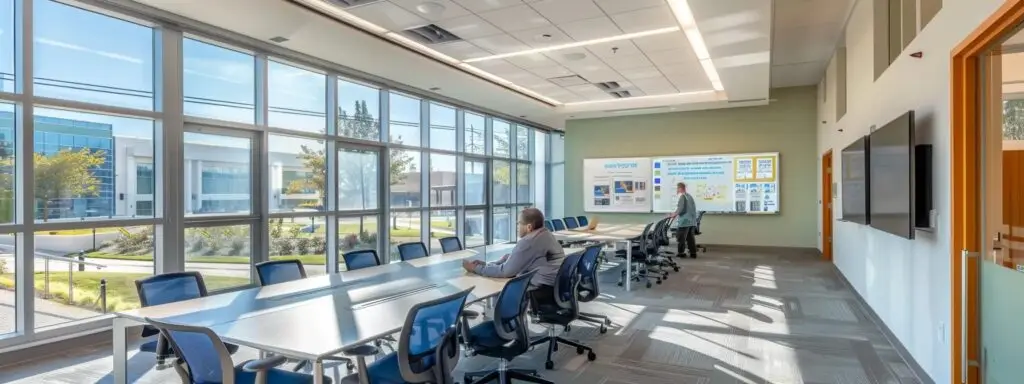
After thorough remediation, proactive prevention is key to ensure that mold does not return. This involves addressing factors that favor mold growth and maintaining a regular cleaning schedule.
Identify and Fix Plumbing and Roof Leaks
Inspect your property consistently for leakages. Repairing leaks quickly prevents water accumulation on walls, floors, and ceilings, which is crucial in avoiding mold damage.
Improve Ventilation in Damp Areas of Your Home
Install or upgrade exhaust fans in bathrooms and kitchens to expel moisture. Better air circulation helps maintain indoor air quality and controls humidity levels in enclosed spaces.
Use Dehumidifiers to Manage Moisture Levels
Employ dehumidifiers in basements or newly renovated areas to keep humidity low. Maintaining an optimal humidity level (ideally below 60%) is essential for preventing mold spore proliferation.
Regularly Inspect and Maintain Your Property
Conduct periodic inspections of high-risk areas to catch early signs of mold growth. A consistent maintenance routine can prevent minor issues from evolving into significant infestations.
For establishing an effective maintenance schedule, our expert tips for your mildew clean routine provide detailed guidance on sustainable cleaning practices.
Educate Household Members on Mold Prevention
Inform residents about simple preventive actions, such as wiping down damp surfaces and properly ventilating rooms. Awareness and education improve the overall responsiveness to potential mold problems.
Detailed List: Preventative Measures 1. Regular Leak Inspections – Check all plumbing fixtures and roof areas routinely for even small leaks. 2. Enhanced Ventilation – Utilize ceiling fans and air exchangers in moisture-prone rooms regularly. 3. Use of Dehumidifiers – Place dehumidifiers strategically in damp zones to continuously control indoor moisture.
Seek Professional Assistance When Needed
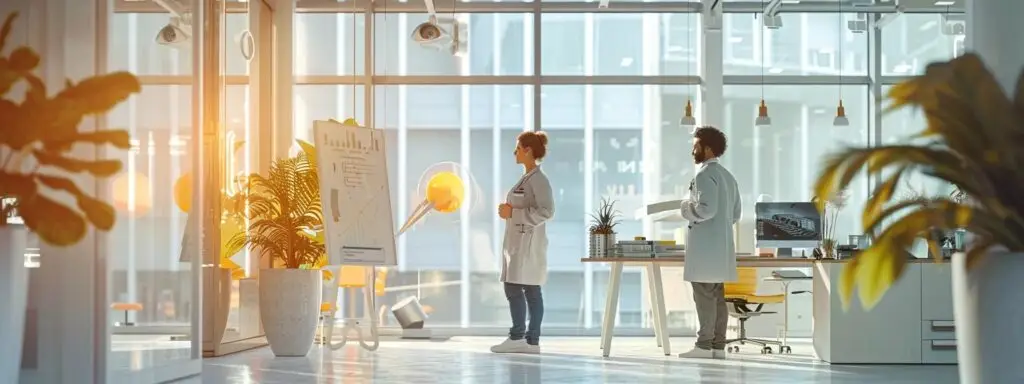
There are situations where professional mold remediation experts become necessary—especially if the infestation is severe or widespread. Professionals have the training and equipment to handle mold safely and effectively, ensuring that the removal process is comprehensive.
Recognize When to Contact Mold Remediation Experts
If the infestation covers a large area or if hidden mold is suspected behind walls or under floors, reaching out to professionals is critical. Tiny spores can proliferate quickly, posing significant health hazards if left untreated.
Understand the Benefits of Professional Mold Assessment
Experts offer in-depth mold inspections using advanced testing and evaluation techniques. Their assessments ensure that all contaminated areas are identified, including those not visible to the naked eye.
For a comprehensive understanding of what professional intervention involves, explore understanding the mold remediation process for homeowners.
Evaluate the Costs of Hiring a Mold Removal Service
While professional services come at a higher cost, they guarantee thorough remediation and long-term prevention. Investing in expert removal can ultimately save money by preventing further structural and health issues.
Research Reputable Mold Remediation Companies
Look for companies with verified certifications and positive customer feedback. Reliable firms should be licensed and experienced in various mold remediation methods suitable for residential properties.
Verify Certifications and Credentials of Professionals
Ensure the professionals have industry credentials and follow strict safety standards. Accredited experts use effective antimicrobial agents and proper disposal methods to manage mold safely.
Monitor Your Property for Future Mold Issues
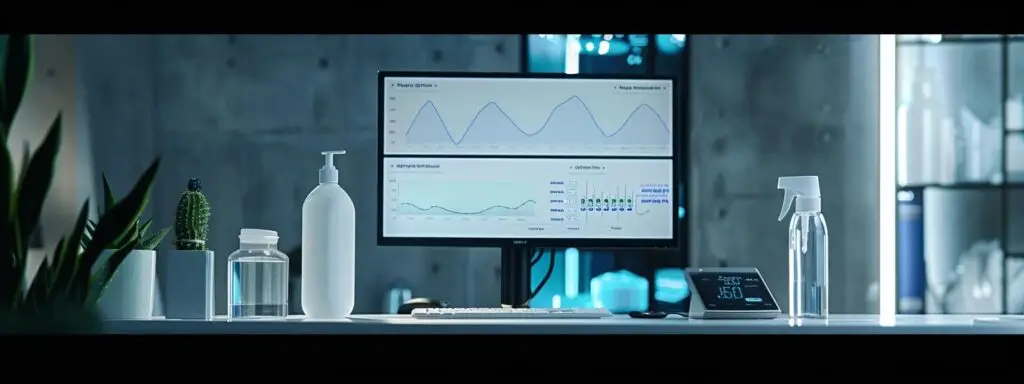
Ongoing vigilance is necessary even after complete remediation to avoid future mold issues. Regular monitoring, along with slight adjustments to cleaning routines, helps maintain a mold-free environment.
Schedule Regular Inspections to Check for Recurrence
Periodic evaluations of the property are essential for early detection. An annual or biannual professional mold inspection can help catch issues before they become severe.
Maintain Humidity Levels Below Recommended Thresholds
Using air conditioning and dehumidifiers consistently will keep the overall moisture content low. Continuous monitoring with a hygrometer helps in adjusting settings promptly.
Document Any Mold Findings for Future Reference
Keep records of inspections and remediation efforts. Detailed documentation aids in tracking potential recurring issues and can be useful when planning further maintenance.
Adjust Your Cleaning Routine Based on Seasonal Changes
Environmental conditions vary with season, and cleaning practices should evolve accordingly. During high-humidity periods, increase the frequency of cleaning to prevent damp conditions that favor mold growth.
Be Proactive in Addressing Potential Moisture Sources
Address any sudden water damage or leaks immediately. Immediate action following water exposure is critical in preventing mold establishment.
Table: Monitoring Techniques for Mold Prevention
| Technique | Benefit | Frequency Recommended |
|---|---|---|
| Regular Inspections | Early detection of hidden mold | Annually or biannually |
| Humidity Monitoring | Maintains safe moisture levels | Continuous with a hygrometer |
| Documentation | Tracks remediation effectiveness | After each inspection |
Final Thoughts
Alliance Cleaning Services emphasizes that a proactive and systematic mold removal process is critical to safeguarding property and health. By identifying early signs of mold, using the proper tools and techniques, and implementing preventative measures, homeowners can prevent reoccurrence effectively. Engaging professionals when necessary ensures thorough remediation and peace of mind. Ultimately, maintaining a mold-free environment supports both structural integrity and a healthier, more comfortable living space.
Frequently Asked Questions
Q: How do I know if there is mold in my rental property? A: Look for visible discoloration, musty odors, and signs of water damage such as peeling wallpaper or damp walls. These are common indicators of mold infestation.
Q: What personal protective equipment is necessary during mold remediation? A: Essential PPE includes respirators, gloves, goggles, and disposable coveralls to protect against mold spores and chemical disinfectants.
Q: Can I clean mold myself or should I hire experts? A: Small mold patches may be cleaned manually, but extensive infestations should be handled by professional mold remediation experts to ensure thorough removal.
Q: How can I prevent mold from recurring after cleaning? A: Maintain low humidity, repair any water leaks promptly, improve ventilation, and perform regular inspections to catch early signs of moisture accumulation.
Q: What are the health risks associated with mold exposure? A: Mold exposure can lead to respiratory issues, allergies, and sometimes more severe health problems, especially for individuals with pre-existing conditions.
